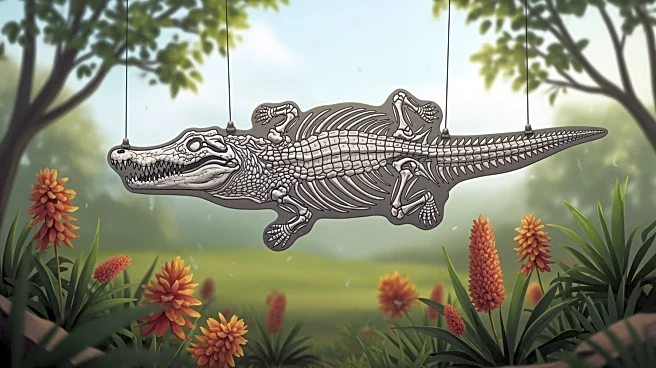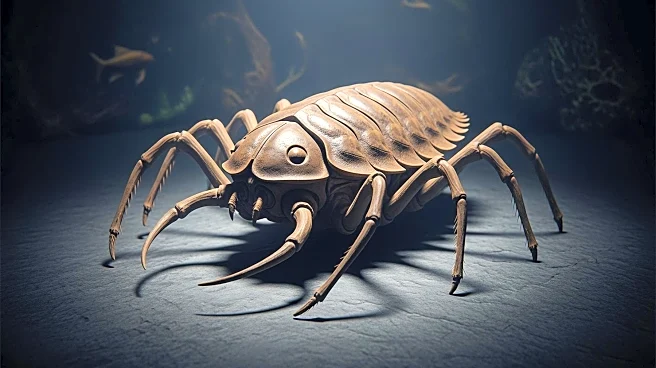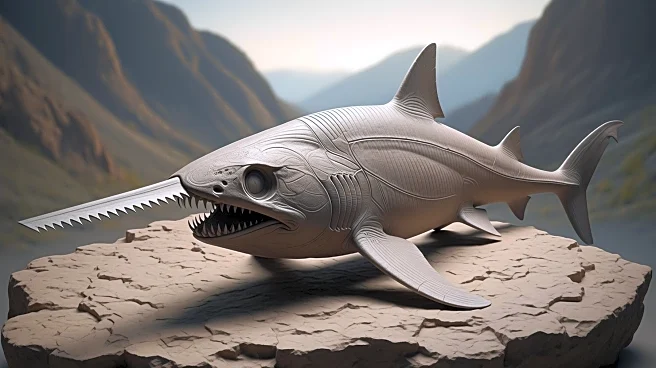What's Happening?
A newly described genus of sand fly, Longiphlebes excelsior, from the Mid-Cretaceous period has been discovered, providing insights into the early diversification of Old World fauna. The fossil exhibits unique morphological features that distinguish it from both
recent and other known fossil Phlebotominae taxa. This discovery contributes to the understanding of evolutionary processes and the development of sand fly species over millions of years. The study highlights the significance of fossil records in tracing the lineage and adaptations of ancient insect species.
Why It's Important?
The discovery of Longiphlebes excelsior offers valuable information on the evolutionary history of sand flies, which are important vectors for diseases such as leishmaniasis. Understanding the diversification and adaptation of these insects can aid in developing strategies for disease control and prevention. The research also enhances knowledge of the ecological dynamics during the Cretaceous period, providing a broader perspective on the evolution of insect species and their interactions with the environment.
What's Next?
Further research may focus on detailed phylogenetic studies to better understand the evolutionary relationships between Longiphlebes excelsior and other Phlebotominae taxa. This could lead to revisions in the classification of fossil sand flies and provide deeper insights into their ecological roles. Continued exploration of fossil records may uncover additional species, enriching the understanding of insect evolution and biodiversity during the Cretaceous period.
Beyond the Headlines
The study underscores the importance of paleontology in uncovering the complexities of ancient ecosystems and the evolutionary pathways of species. It may inspire future research into the genetic and environmental factors that influenced the diversification of sand flies and other insects, potentially impacting modern ecological and conservation efforts.













